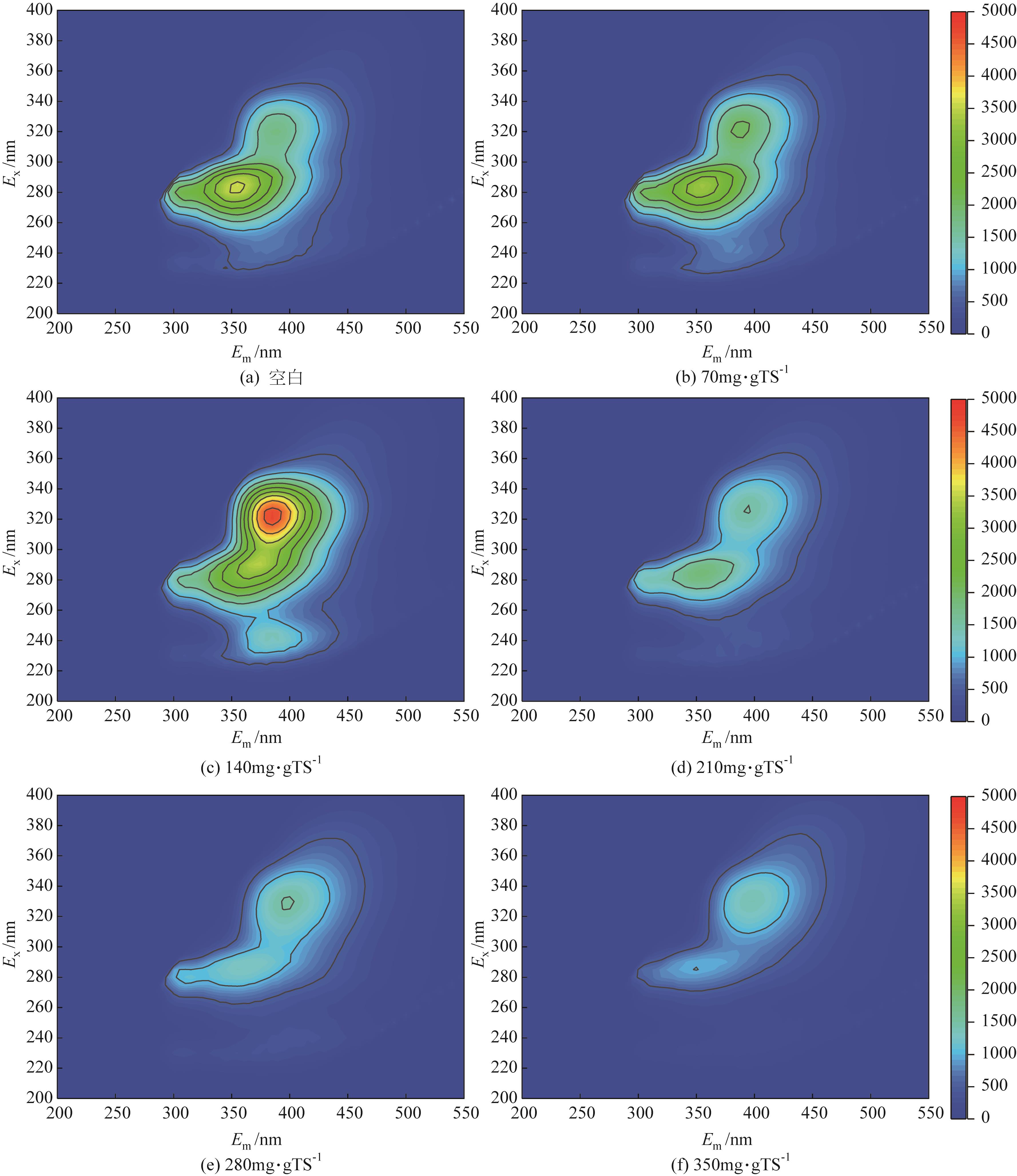| 1 |
FENG L, LUO J, CHEN Y. Dilemma of sewage sludge treatment and disposal in China[J]. Environmental Science & Technology, 2015, 49(8): 4781-4782.
|
| 2 |
WU B R, DAI X H, CHAI X L. Critical review on dewatering of sewage sludge: influential mechanism, conditioning technologies and implications to sludge re-utilizations[J]. Water Research, 2020, 180: 115912.
|
| 3 |
ZHANG Y C, XU S Y, CUI M H, et al. Effects of different thermal pretreatments on the biodegradability and bioaccessibility of sewage sludge[J]. Waste Management, 2019, 94: 68-76.
|
| 4 |
PRASPALIAUSKAS M, PEDIŠIUS N. A review of sludge characteristics in Lithuania’s wastewater treatment plants and perspectives of its usage in thermal processes[J]. Renewable and Sustainable Energy Reviews, 2017, 67: 899-907.
|
| 5 |
LYU H, CHEN X H, MO C H, et al. Occurrence and dissipation mechanism of organic pollutants during the composting of sewage sludge: a critical review[J]. Bioresource Technology, 2021, 328: 124847.
|
| 6 |
MORE T T, YADAV J S S, YAN S, et al. Extracellular polymeric substances of bacteria and their potential environmental applications[J]. Journal of Environmental Management, 2014, 144: 1-25.
|
| 7 |
GAO J L, WENG W, YAN Y X, et al. Comparison of protein extraction methods from excess activated sludge[J]. Chemosphere, 2020, 249: 126107.
|
| 8 |
GAO J L, WANG Y C, YAN Y X, et al. Protein extraction from excess sludge by alkali-thermal hydrolysis[J]. Environmental Science and Pollution Research, 2020, 27(8): 8628-8637.
|
| 9 |
CHEN D D, DOU Y H, TANG Q, et al. New insight on the combined effects of hydrothermal treatment and FeSO4/Ca(ClO)2 oxidation for sludge dewaterability improvement: from experimental to theoretical investigation[J]. Fuel Processing Technology, 2020, 197: 106196.
|
| 10 |
华佳, 陈玉辉, 李亚东, 等. 制备剩余污泥水解蛋白质实验条件的初步研究[J]. 湖北大学学报(自然科学版), 2006, 28(1): 87-90.
|
|
HUA Jia, CHEN Yuhui, LI Yadong, et al. Preliminary study on the preparation conditions of the protein hydrolysate from activated sludge[J]. Journal of Hubei University (Natural Science), 2006, 28(1): 87-90.
|
| 11 |
XIANG Y L, XIANG Y K, WANG L P. Kinetics of activated sludge protein extraction by thermal alkaline treatment[J]. Journal of Environmental Chemical Engineering, 2017, 5(6): 5352-5357.
|
| 12 |
AL-HALBOUNI D, TRABER J, LYKO S, et al. Correlation of EPS content in activated sludge at different sludge retention times with membrane fouling phenomena[J]. Water Research, 2008, 42(6/7): 1475-1488.
|
| 13 |
CHOI O K, HENDREN Z, KIM G D, et al. Influence of activated sludge derived-extracellular polymeric substance (ASD-EPS) as bio-flocculation of microalgae for biofuel recovery[J]. Algal Research, 2020, 45: 101736.
|
| 14 |
LIN Y M, DE KREUK M, VAN LOOSDRECHT M C M, et al. Characterization of alginate-like exopolysaccharides isolated from aerobic granular sludge in pilot-plant[J]. Water Research, 2010, 44(11): 3355-3364.
|
| 15 |
THOMPSON G, FORSTER C. Bulking in activated sludge plants treating paper mill wastewaters[J]. Water Research, 2003, 37(11): 2636-2644.
|
| 16 |
曹达啟, 王振, 郝晓地, 等. 藻酸盐污水处理合成研究现状与应用前景[J]. 中国给水排水, 2017, 33(4): 1-6.
|
|
CAO Daqi, WANG Zhen, HAO Xiaodi, et al. Research situation and application prospects on alginate bio-synthesized from wastewater treatment[J]. China Water & Wastewater, 2017, 33(4): 1-6.
|
| 17 |
袁冬琴, 王毅力. 活性污泥胞外聚合物(EPS)的分层组分及其理化性质的变化特征研究[J]. 环境科学, 2012, 33(10): 3522-3528.
|
|
YUAN Dongqin, WANG Yili. Study on the stratification components of extracellular polymeric substances (EPS) in activated sludge and their variation characteristics in physicochemical properties[J]. Environmental Science, 2012, 33(10): 3522-3528.
|
| 18 |
宋小莉, 施正华, 李秀芬, 等. 基于蛋白质回收的剩余污泥酶解技术研究[J]. 食品与生物技术学报, 2019, 38(4): 90-96.
|
|
SONG Xiaoli, SHI Zhenghua, LI Xiufen, et al. Study on enzyme hydrolysis of waste activated sludge based on protein recovery[J]. Journal of Food Science and Biotechnology, 2019, 38(4): 90-96.
|
| 19 |
LIU H B, WANG Y Y, WANG L, et al. Stepwise hydrolysis to improve carbon releasing efficiency from sludge[J]. Water Research, 2017, 119: 225-233.
|
| 20 |
LI H, JIN Y Y, MAHAR R, et al. Effects and model of alkaline waste activated sludge treatment[J]. Bioresource Technology, 2008, 99(11): 5140-5144.
|
| 21 |
HU P, ZHUANG S H, SHEN S H, et al. Dewaterability of sewage sludge conditioned with a graft cationic starch-based flocculant: role of structural characteristics of flocculant[J]. Water Research, 2021, 189: 116578.
|
| 22 |
YANG G, WANG J L. Enhancing biohydrogen production from disintegrated sewage sludge by combined sodium citrate-thermal pretreatment[J]. Journal of Cleaner Production, 2021, 312: 127756.
|
| 23 |
SASAKI M, TAKAGI A, SASAKI D, et al. Characteristics and function of an extracellular polysaccharide from a green alga Parachlorella [J]. Carbohydrate Polymers, 2021, 254: 117252.
|
| 24 |
ZHANG W, DONG B, DAI X H. Mechanism analysis to improve sludge dewaterability during anaerobic digestion based on moisture distribution[J]. Chemosphere, 2019, 227: 247-255.
|
| 25 |
SEVIOUR T, PIJUAN M, NICHOLSON T, et al. Gel-forming exopolysaccharides explain basic differences between structures of aerobic sludge granules and floccular sludges[J]. Water Research, 2009, 43(18): 4469-4478.
|
| 26 |
SEVIOUR T, YUAN Z G, VAN LOOSDRECHT M C M, et al. Aerobic sludge granulation: a tale of two polysaccharides? [J]. Water Research, 2012, 46(15): 4803-4813.
|
| 27 |
GUO H X, FELZ S, LIN Y M, et al. Structural extracellular polymeric substances determine the difference in digestibility between waste activated sludge and aerobic granules[J]. Water Research, 2020, 181: 115924.
|
| 28 |
YANG Y Y, YANG C C, WEI X, et al. The release and removal of sludge toxicity by different disintegration methods[J]. Journal of Cleaner Production, 2021, 278: 123578.
|
 ), LI Xiufen1,2,3(
), LI Xiufen1,2,3( )
)





